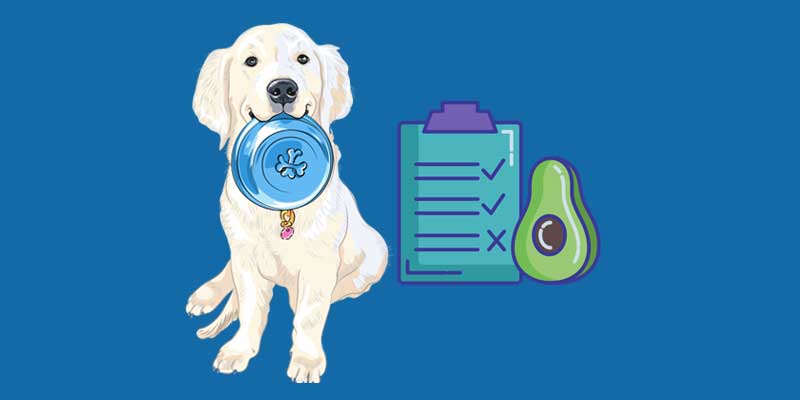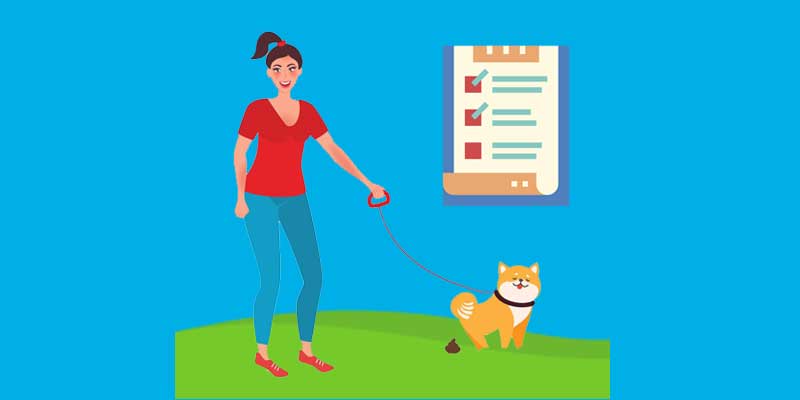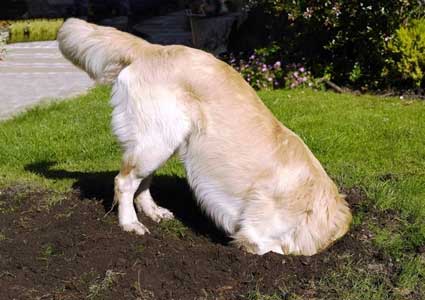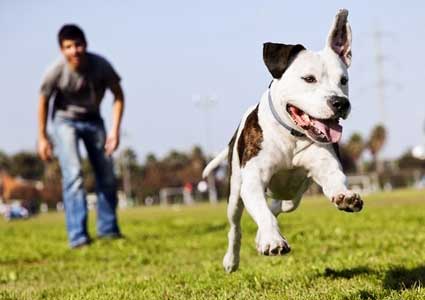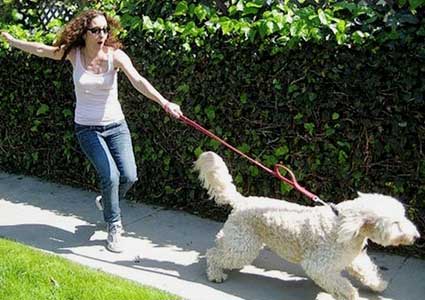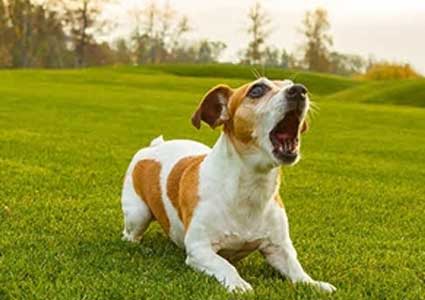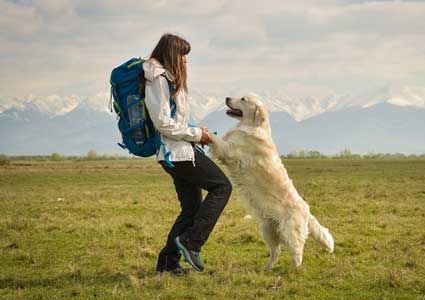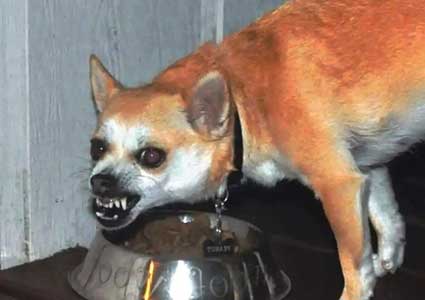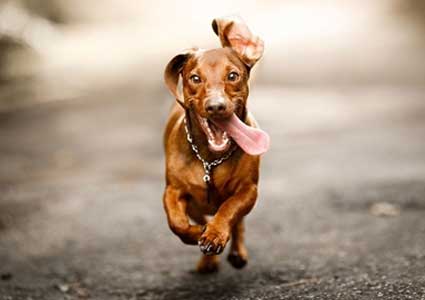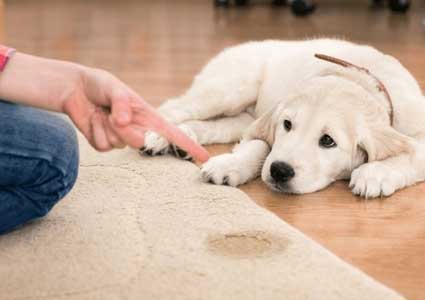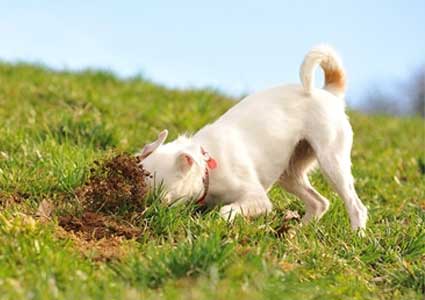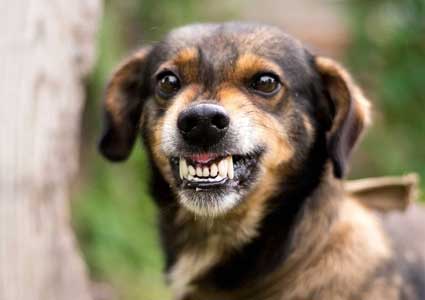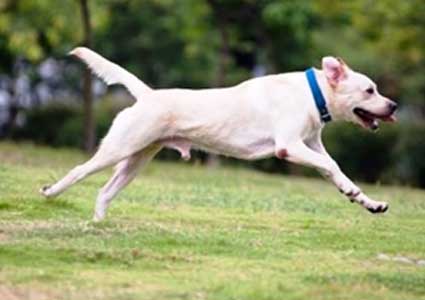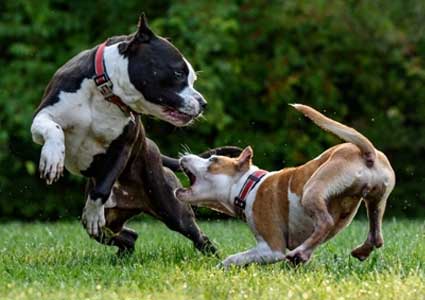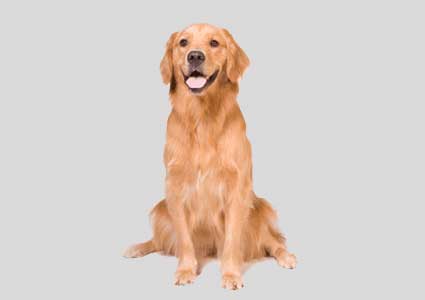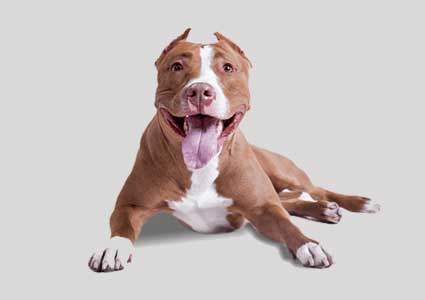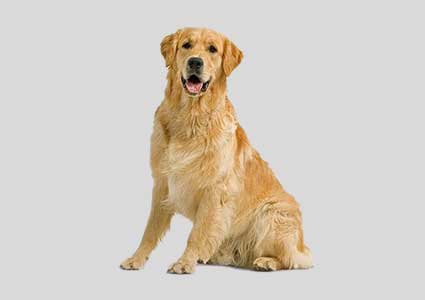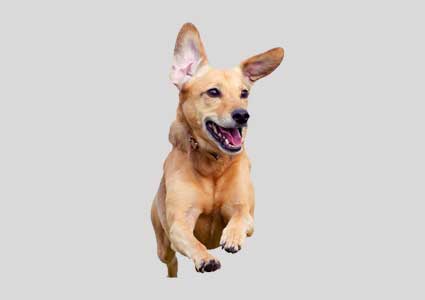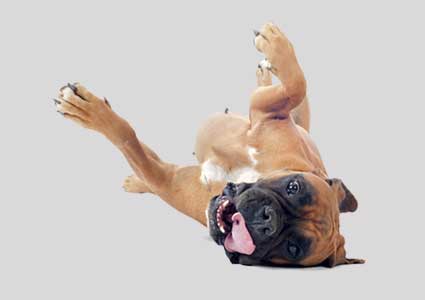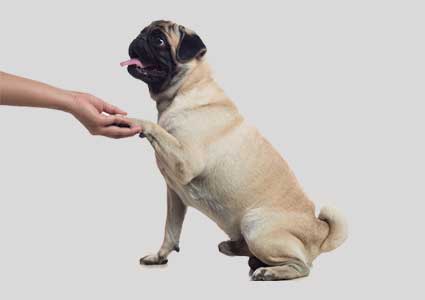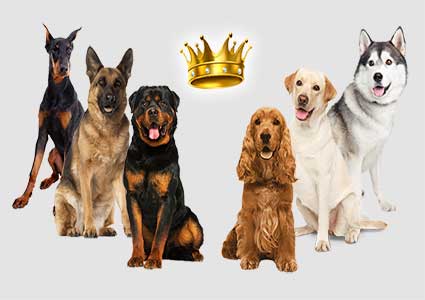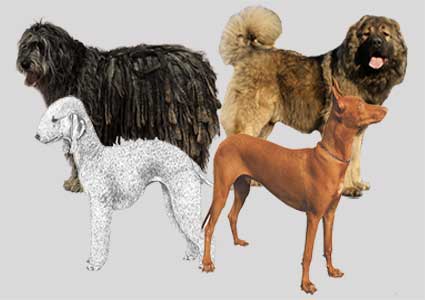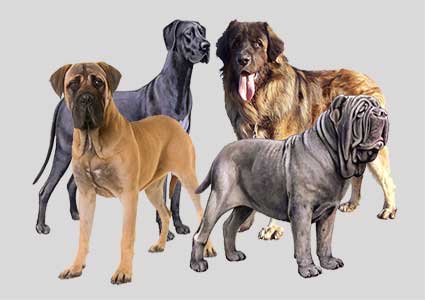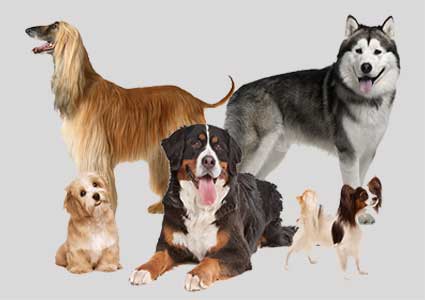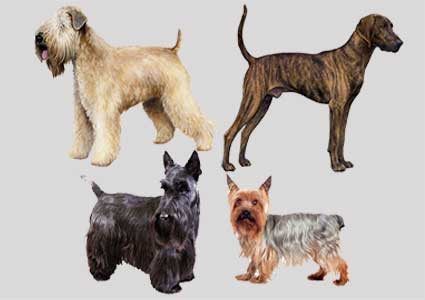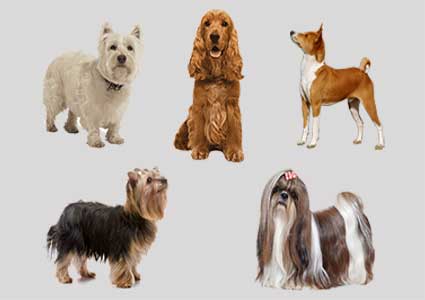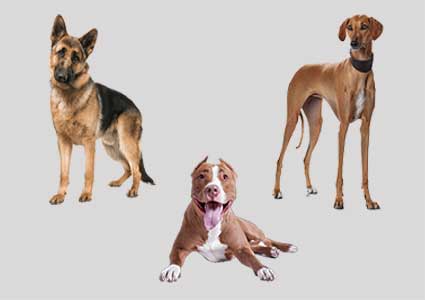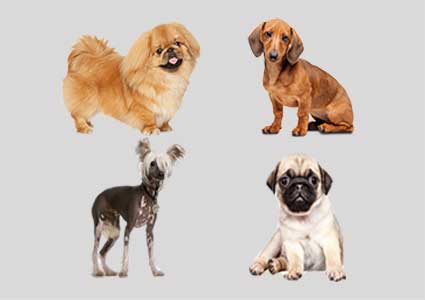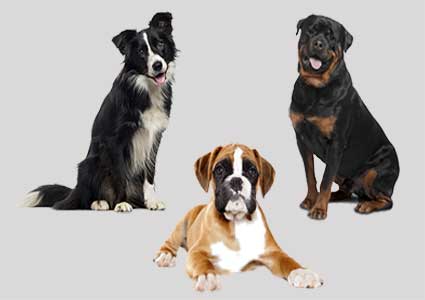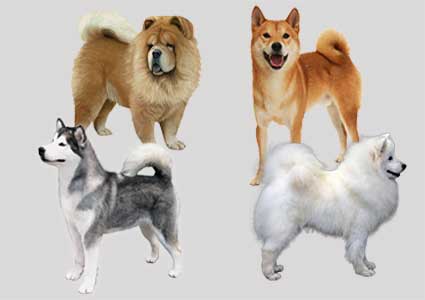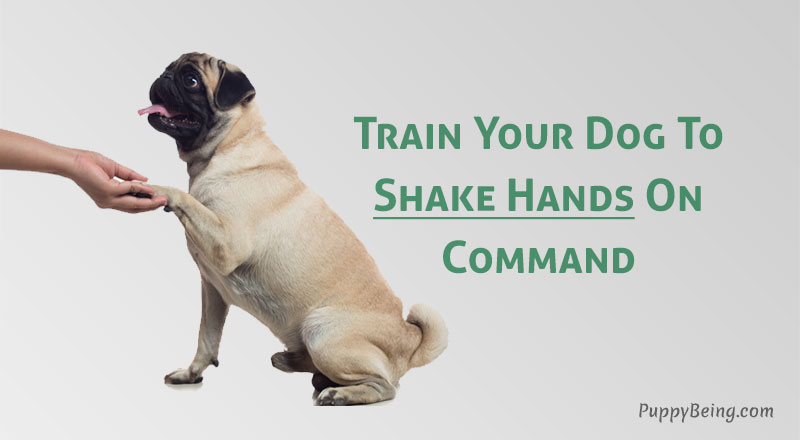
You can teach your dog to shake hands very easily if he is already trained to sit and stay on command. “Shake” is a classic dog trick that will definitely impress your friends and visitors. Dogs can be trained to shake with all four paws, but the front paws are easier to train.
This trick also has practical uses. If your dog ever gets his paws dirty and you wish to clean them, then asking to shake hands will make it easier for you to wipe his feet clean. This command will also come in handy when you want to trim your dog’s nails.
Trick Difficulty: Easy
Training Requirements: A training room with no distractions, a bag of your dog’s favorite treats, a clicker
How To Teach Your Dog To Shake Hands (Give Paw) on Command
Teaching your dog how to give a paw on command can be a fun and bonding experience. With a little bit of patience and lots of practice, your dog will be able to shake hands on cue in no time.
Here are the exact step-by-step instructions for teaching your pup how to shake on cue.
Steps To Train Your Dog To Shake Hands
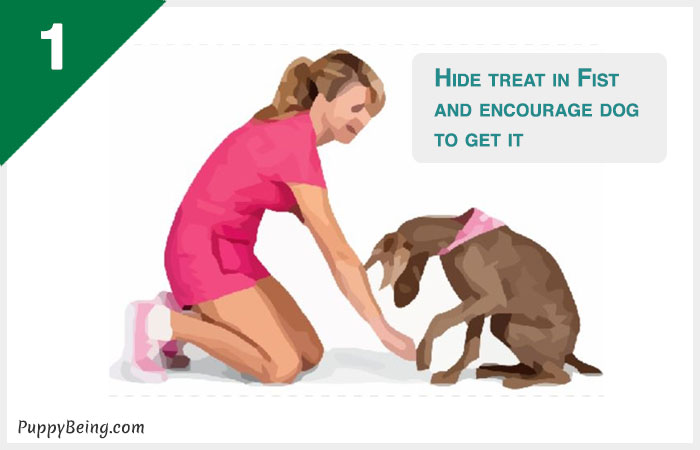
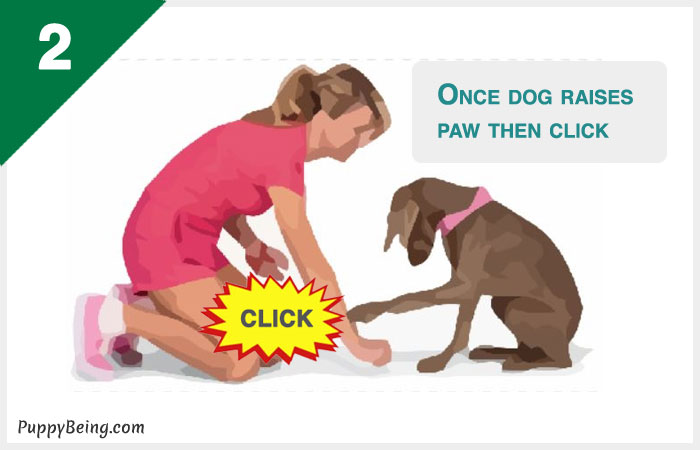
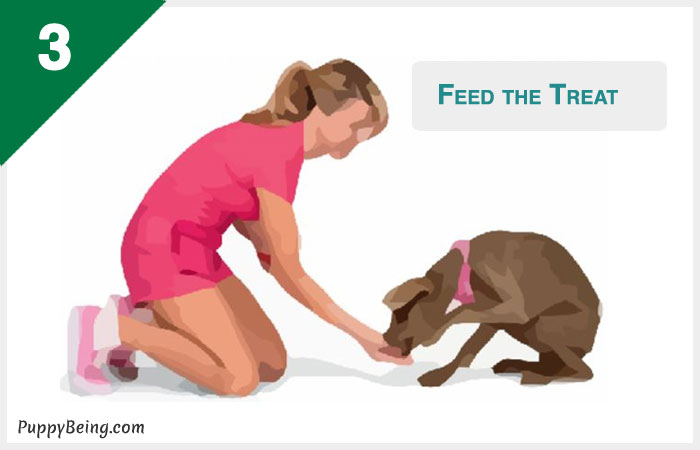
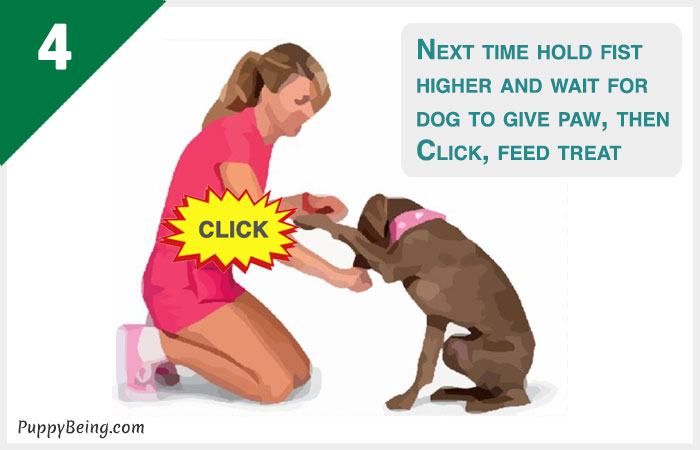
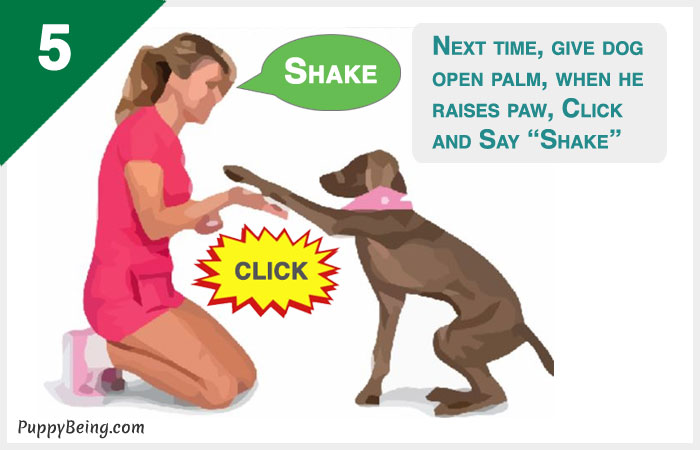
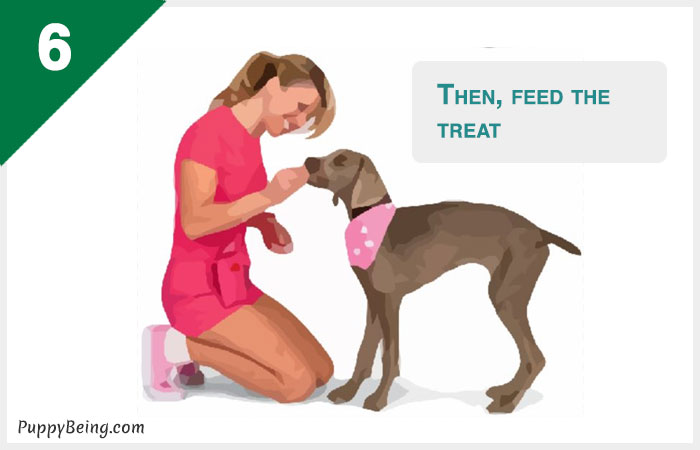
- Kneel in front of your dog and command him to sit and stay.
- Hold a treat in one hand and a clicker in the other hand. Show the treat to your dog and let him smell it, but don’t let him snatch it. Once you have your dog’s attention, close your fist over the treat.
- Say the command “Shake” (or “Paw”) and move your closed hand towards the ground and near to your dog’s paw.
- Click your clicker as soon as your dog lifts his paw off the ground (even if it doesn’t touch your hand) and let him take the treat from your hand.
- Make sure you only click and treat when your dog’s paw is off the ground and not after he has put it back down.
- Be patient if your dog doesn’t immediately lift his paw. It may take several repetitions before your dog gets it.
- After your dog has successfully learned to lift his paw off the ground now, you can start raising your closed hand (with the treat) higher off the floor and encourage him to lift his paw higher.
- Click the clicker as soon as your dog’s paw touches your hand and let him have the treat. Pet him and praise him. Make sure to time the click precisely when the paw touches your hand.
- Once your dog has learned correctly to give you a paw on command, you can start practicing with an empty hand. Show your empty hand to your dog and ask him to “shake.” As soon as he touches your hand with his paw, pull out a treat and give it to him, along with lots of praise and petting.
- Slowly increase the duration before you give your dog the treat. Hide the treat in your left hand and hold it behind your back. Show him your open right hand and give the “Shake” command.
- When your dog paws your extended right hand, gently grab his paw, perform a shaking motion, hold for a few seconds and then give him the treat with your left hand.
- Once your dog has correctly learned to offer one paw on command, you can train him to offer the other paw as well. Dogs will usually offer the paw closest to your hand. So this time, use your other hand to hold the treat and place it close to his other paw to encourage him to touch your hand with that paw.
- After your dog has learned to correctly respond to the “Shake” command in a controlled environment, you can take your training outdoors or to a noisy room with distractions. Keep practicing until your dog ignores all distractions and gives you a paw on command each time.
- Gradually phase out the treats and only reward your pooch with petting and praises each time he gives you a paw on cue.
Shake (Give Paw) Puppy Training Tips, Problems, and Solutions
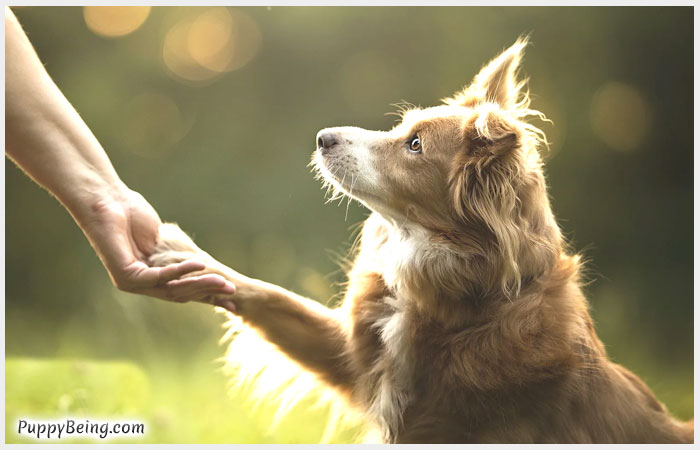
If your dog puts his nose on your closed fist instead of his paw, ignore this behavior. Don’t punish or reward it. Just move your hand out of the way. Only reward your dog if he is also putting his paw on your hand along with his nose.
If your dog tries to bite your hand and get the treat, then move your hand away. If he tries it several times, it may be best to train while wearing a glove.
Most dogs will prefer to give one paw more than the other. To start with, hold your closed hand in front of one paw and then the other paw to check which paw your dog prefers to give.
Don’t reward your dog unless he has correctly completed the command. Don’t get frustrated or impatient and just hand over the treat. If he makes a mistake and you reward him, it will only confuse your dog and make training difficult.
If your dog doesn’t seem interested in the treat after smelling it, you may need to upgrade to a tastier higher value treat. Try using tiny bits of meat or cheese.
If your dog doesn’t lift his paw off the ground at all, then you can help him by gently lifting his paw with his other hand and placing it on your closed hand. Be sure to be really gentle, so your dog doesn’t interpret this is dominant behavior. Once his paw is on your closed treat hand, you can click and release the treat. After a few repetitions, your dog should get the idea.
Dogs can sense your anger and frustration. If you get annoyed with your dog during the training process, then take a short break to calm yourself and then restart the training. The training will then go much smoother.
If your dog stands up in the middle of the training, then give the “sit” command again to make him sit.
Limit each training session to about 10 minutes. After that, your dog will start getting tired and distracted. So it is best to take a break.
Don’t use treats that will need to be chewed a lot during the training. Use treats that your dog can quickly swallow.




